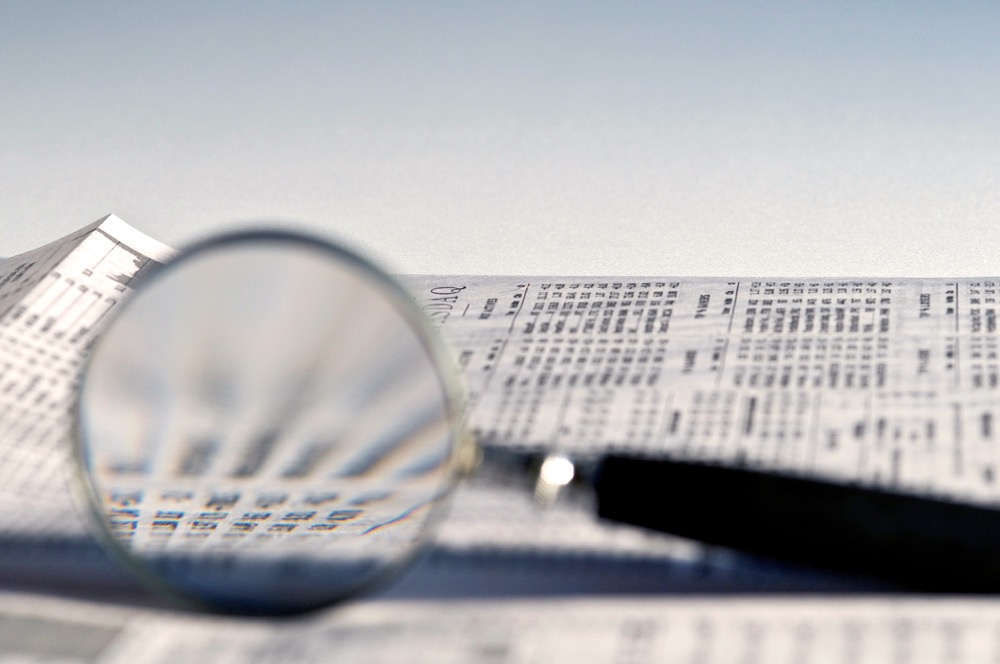If investing were easy, we’d all be rich. Today, capital markets have many new uncertainties. Top of the list: the Trump Effect. That is, what the new President may do after his inauguration on January 20. Also worrisome is where Europe is going if other members of the EU follow the United Kingdom out of the trade bloc. Interest rates are also uncertain with the Federal Reserve expected to raise interest rates in small steps in 2017 and the likelihood of the Bank of Canada following suit.
The post-American election rise of U.S. and Canadian share prices appears to be the consequence of widespread belief that Trump’s administration will cut corporate taxes and create a protectionist bubble for American businesses. They will cocoon in their shelter of lower taxes and higher tariffs and thus generate higher profits. The spillover effect seems to have boosted Canadian share prices, especially those of banks that have reported better-than-expected earnings.
Read Also

Gentle treatments for pain in the neck
Heading toward year-end, people unknowingly tense up against the cold and busyness, causing neck pain that can often be treated with appropriate support and gentle mobility, athletic therapist Kathlyn Hossack says.
There is a downside to the Trump effect. The expansionary effects of his promise of less regulation appear to be generating higher inflation. The Federal Reserve’s nearly certain path of rising rates has shot the bond market in the foot. Rising interest rates mean existing bonds will fall in price until their yields rise to match the returns of new bonds.
Not all bonds will suffer equally. The worst hit bonds will be those with negative yields. Generated in Europe by the European Central Bank and the Swiss National Bank and in Asia by the Bank of Japan, bonds that return less than their sale price when mature were supposed to make banks pay little or no interest, which they did, to charge for maintaining savings accounts (until recently a Swiss specialty). Negative yields were also supposed to encourage consumers and businesses to spend and invest. Most of this was hope and, it turns out, the plan fizzled. Consumers figured that if banks and bonds paid very little, they would just have to save more. So negative pay bonds had the effect of stifling spending as much as encouraging investment in stocks or equipment.
Bond prices
Prices of investment grade bonds have tumbled in the wake of the anticipated Fed moves to higher rates. The collective world value of negative pay bonds has fallen by an astonishing US$2.5 trillion, according to Bloomberg. To get a sense of what this means, consider that U.S. GDP in 2015 was US$1.79 trillion. The benchmark U.S. Treasury 10-year bond’s yield has risen by 0.57 per cent from summer lows to 2.4 per cent. German bunds, which are the equivalent sovereign bonds of that country, saw their yields rise to 0.33 per cent in the first week of December from as low as minus 0.189 per cent in summer. Japan’s sovereign 10-year bond yield, which was 0.287 per cent in summer, rise to 0.41 per cent in the period, effectively a doubling in their return.
Higher interest rates around the world and more bond losses are a nearly sure thing. The path back to the historical average of five per cent for 10-year U.S. Treasury bonds and a similar yield for a 10-year Government of Canada bond is going to be long and painful for those who hold them. The strategic solution, of course, is to hold less by moving either to short bonds with terms of five years or less. They will have relatively little reaction to falling rates and, if bought at issue and held to maturity, they will have positive returns. It is also possible to buy laddered exchange traded bond funds that roll maturing bonds into higher yielding bonds. These laddered ETFS come in five- and 10-year versions in Canada with both government and corporate bond versions. In the U.S. there are numerous varieties that differ by term, class of issuer, investment quality, and taxability. Laddered ETF fees are usually less than half a per cent, but selection is problematic. Many investors work with advisors to make the right picks.
Bond-equivalent stocks
An alternative to buying bonds that are vulnerable to rising interest rates is to buy what many investors see as bond-equivalent stocks. Those are the big banks and, often, the big telecom companies and electrical utilities. All pay handsome dividends and all raise them from time to time, yet none are completely immune from trouble. These dividends, which, divided by stock price, generate yields of 3.5 per cent for the banks to as much as five per cent for phone companies. They sell at relatively reasonable multiples of price to earnings. For banks, that’s about 12. For utilities, about 17 to 20. Each is vulnerable to higher interest rates, yet their exposure varies from one company and industry to another.
Higher interest rates will means that big utilities and telcos will have to pay more when they borrow. They are heavy bond issuers, so their finance costs are sure to rise. Interest comes off the bottom line and that will reduce earnings. That’s why shares of some of the big utilities such as Fortis Inc. and the telcos like BCE Inc. are well below their 12-month highs. Banks, on the other hand, will see an increase in the spreads between what they pay to depositors and what they earn from borrows. That’s why bank stocks are near their 12-month highs.
No stock has the solidity of a bond issued by the company and no corporate bond is as solid as a provincial bond backed by the power to tax or a sovereign bond backed by the power to print money. Yet bonds have fixed lifespans. They live or die in that period. Stocks can live for many decades and that’s why stock investors as a group are probably more optimistic than dour bond investors who always know their time is running out.
In anticipation of higher interest rates to come, Canadian provinces have recently issued records amounts of debt. Provincial treasurers want to lock in relatively cheap money before interest rates climb higher.
For now, the smartest move may be to defer bond purchases for six months to a year when rates will be higher though not at their long-term average highs. Stocks have had a very strong run, especially bank shares. The wise investor does not start sprinting when most of the pack has already passed by. Chasing bank shares or any other is momentum investing and amounts to buying high. Too often, that leaves the despairing investor selling low when, inevitably, prices have tumbled.
And tumble they do. At the beginning of 2016, Canadian Pacific Railway traded at $160, down from $240 in the spring of 2015. It has recovered to $200 lately. BCE Inc. has fallen from $63 on July 27 to a recent price of $57. Unlike bonds, which have a known value at maturity, there are no price guarantees on stocks. But time is on their side and share prices may eventually rise.















